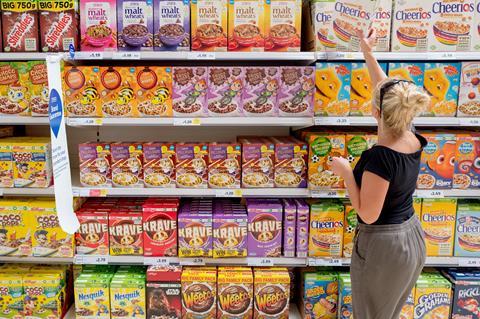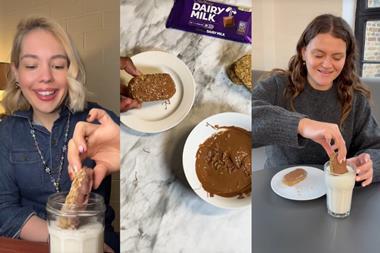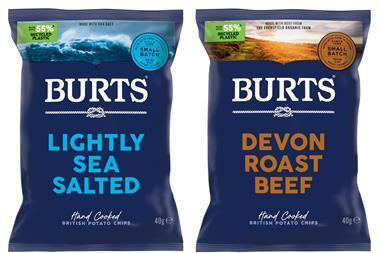
Good shopper marketing helps a brand win at the point of purchase. Whilst much shopper behaviour is semi-automatic, the right messages told in the right way, and in the right places, can significantly influence what gets bought.
But in the current coronavirus situation, several shopper marketing tools (some promotions, barker cards, “wobblers” and other temporary material) are not available. This is unlikely to change anytime soon. So, in this context, when so much is out of brands’ control, how can they still maximise the chances of shoppers seeing and choosing their brand?
The answer is to prime shoppers effectively, and then focus on two things they can control: their pack and their shelf-ready packaging (SRP).
Priming in this context means exposing shoppers to brands before they get to the point of purchase. It is known that people are more likely to recognise and see what they have recently seen – in other words, their attention is drawn to what is more recently familiar. This is why there is a lot of fmcg advertising near supermarkets, and even more in supermarket car parks and at the store entrance.
Some locations have become even more important in the current situation – notably any advertising space that is visible from the places where shoppers are queuing to enter the store. A captive audience with nothing to do, except look at their phone, or perhaps read the ads around them.
So the shopper is primed. What about pack and SRP? The priority is to make sure it is instantly recognisable. This requires brands to know what their visual assets are, and make sure they are never compromised. Sounds obvious? There are many examples of brands becoming too clever for their shoppers, adopting new designs that are not instantly recognised. Tropicana’s 2009 US rebrand is one example that has reached mythic status. Such designs often look great when studied by industry professionals in meeting rooms at head office, but don’t work with shoppers when on shelf in-store.
The second priority with pack and SRP is to be easy to process. Brands must know their messaging hierarchy – what they want the shopper to understand, and in what order. Again, sounds obvious. But a common mistake, especially among smaller brands, is to overload shoppers with information. In reality, less is more, because quite quickly busy shoppers become overloaded. One useful rule of thumb is “front of pack for shopper, back of pack for consumer”. If a brand can’t resist including heavy messaging on pack, it must make sure most of it is on the back, to keep the front easy to process in-store.
Finally, pack and SRP need to make a brand the obvious choice. This is about highlighting one simple reason to buy. It can be as simple as a magic ingredient (“with virgin olive oil”), a key usage (“perfect for packed lunches”) or a social proof message (“UK’s number one brand”). Brands must know and then drive their single best reason to buy. Again, less is more.
Priming, pack and SRP are always critically important. In one way, the current reduction in shopper marketing can be a good thing, if it means brands revisit these fundamentals. The benefits of getting priming, pack and SRP right are well worth the effort.



















No comments yet